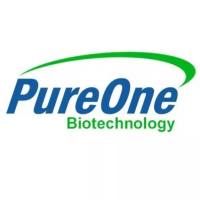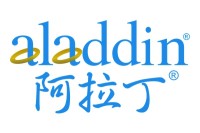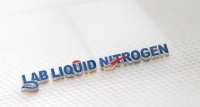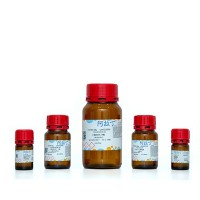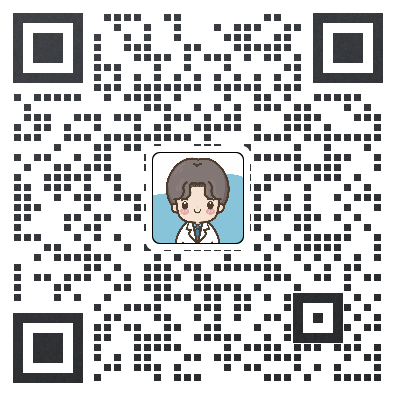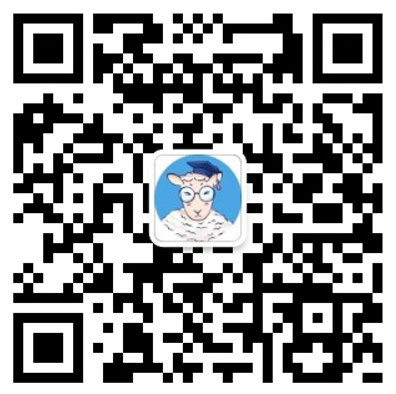Application of Microwave-Assisted Extraction for the Analysis of Dithiocarbamates in Food Matrices
互联网
483
Microwave-assisted extraction (MAE) is a simple, fast, and accurate method developed for the analysis of N,N -dimethyldithiocarbamate (DMDTC) and ethylenebis(dithiobamate) (EBDTC) fungicides in fruits and vegetables. Residues are extracted from the plant matrices and hydrolyzed to CS2 in a single step in the presence of 1.5% SnCl2 in 5N hydrochloric acid using a laboratory microwave oven operated in the closed-vessel mode. The evolved CS2 , trapped in a layer of isooctane overlaying the reaction mixture, is analyzed by gas chromatography/flame photometric detection (GC/FPD). Sets of 12 samples are processed simultaneously. Quantification is based on external standard calibration curves made with either standard solutions of individual DMDTCs (thiram, ziram) or EBDTCs (maneb, zineb, mancozeb), which are processed as the field samples, or using standard solutions of CS2 made in isooctane. Calibration curves are better fitted with quadratic equations with correlation coefficients >0.999; however, good linear correlation coefficients can also be obtained in narrower calibration ranges. Limits of detection (LODs) and limits of quantitation (LOQs) are in the range 0.005–0.1 mg/kg. Recoveries are >80%, with respective relative standard deviation values <20%.

